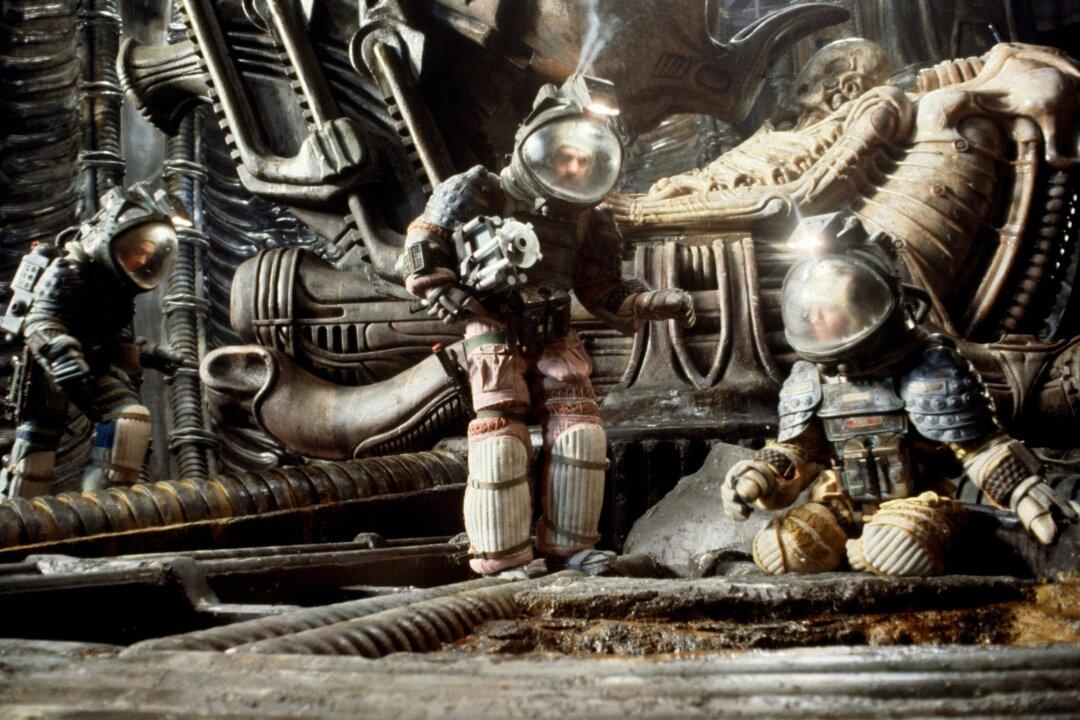While attending a party last year, I was introduced to some friends of a friend who were quite interested in engaging me in conversation.
“We understand you’re a movie critic,” said the husband, smiling.

While attending a party last year, I was introduced to some friends of a friend who were quite interested in engaging me in conversation.
“We understand you’re a movie critic,” said the husband, smiling.